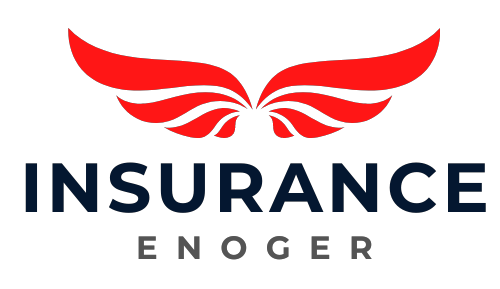If you’re buying a home or refinancing your mortgage, you’ve likely heard the term “mortgage insurance” thrown around. But what exactly is mortgage insurance, and why do you need it? Understanding the role of mortgage insurance can help you make informed decisions about your home financing and protect your financial interests as a homeowner.
What is Mortgage Insurance?
Mortgage insurance is a type of insurance that protects lenders against the risk of borrower default. It is required when borrowers make a down payment of less than 20% on a home. While mortgage insurance may sound similar to other types, such as life or home insurance, it is quite different.
Unlike life or home insurance, which protects you and your assets, mortgage insurance protects the lender if you cannot make your mortgage payments. If you default on your mortgage and the lender cannot recover the full amount owed through the sale of the property, mortgage insurance will cover the remaining balance.
Mortgage insurance also provides some coverage for borrowers. For example, some mortgage insurance policies may cover the borrower’s legal fees in the event of foreclosure. However, the primary purpose of mortgage insurance is to protect the lender, not the borrower.
Why Do You Need Mortgage Insurance?
Mortgage insurance is typically required when borrowers make a down payment of less than 20% on a home. This is because lenders view borrowers with smaller down payments as riskier, as they have less equity invested in the property. By requiring mortgage insurance, lenders can offset some of the risk associated with lending to these borrowers.
Mortgage insurance benefits both borrowers and lenders. For borrowers, it allows them to purchase a home with a smaller down payment, which can be especially helpful for first-time buyers or those with limited savings. It also allows borrowers to qualify for a mortgage with a lower credit score, as mortgage insurance may offset some of the risks to the lender.
For lenders, mortgage insurance helps to reduce the risk of default and protects against loss in the event of borrower default. It also allows lenders to offer more flexible lending options to a wider range of borrowers, which can help to increase the availability of mortgage financing.
How Does Mortgage Insurance Work?
To obtain mortgage insurance, borrowers typically pay a one-time premium at closing and ongoing monthly premiums as part of their mortgage payment. The premium is calculated based on factors such as the size of the down payment, the loan-to-value ratio (LTV), and the borrower’s credit score.
The LTV is the loan amount’s ratio to the property’s value. For example, if you take out a $100,000 mortgage on a home worth $200,000, your LTV would be 50%. Generally, the higher the LTV, the higher the mortgage insurance premium.
A credit score is another important factor affecting mortgage insurance costs. Borrowers with higher credit scores are generally considered lower risk, and as a result, they may be eligible for lower mortgage insurance premiums.
Types of Mortgage Insurance
There are two main types of mortgage insurance: private (PMI) and government-backed.
Private mortgage insurance is provided by private insurance companies and is required for most conventional loans with down payments of less than 20%. PMI premiums are typically paid monthly and may be tax-deductible.
Government-backed mortgage insurance is provided by government agencies, such as the Federal Housing Administration (FHA) and the Department of Veterans Affairs (VA). Government-backed mortgage insurance is available for certain types of loans, such as FHA and VA loans, and may be required for borrowers with lower credit scores or down payments.
FHA mortgage insurance, for example, is required for all FHA loans and is designed to help make home ownership more affordable for borrowers with lower credit scores or limited down payment funds. Like PMI, FHA mortgage insurance is paid monthly and may be tax-deductible.
VA mortgage insurance, on the other hand, is only available to qualified veterans and is designed to help them afford a home with no down payment required. VA mortgage insurance is not required, but borrowers who choose a VA loan may be required to pay a funding fee to cover the cost of the VA’s mortgage insurance program.
Tips for Managing Mortgage Insurance
While mortgage insurance is a necessary part of the home financing process for many borrowers, there are ways to manage the cost. Here are a few tips to help you save on mortgage insurance:
Make a larger down payment: The larger your down payment, the lower your LTV will be, which can result in lower mortgage insurance premiums. Aiming for a down payment of 20% or more can help you avoid mortgage insurance altogether.
Consider alternative loan options: Some loan programs, such as VA and USDA loans, do not require mortgage insurance, even with a down payment of less than 20%. You can save on mortgage insurance costs if you qualify for one of these loan programs.
Shop around for mortgage insurance: Different lenders and insurance companies may offer different premiums, so it’s worth shopping around to see which option is the most cost-effective.
Conclusion
Mortgage insurance plays a crucial role in home financing, protecting lenders and helping borrowers afford a home with a smaller down payment. By understanding the types of mortgage insurance available and taking steps to manage the cost, you can make informed decisions about your home financing and protect your financial interests as a homeowner. If you have any questions or concerns about mortgage insurance, consult a financial professional or your lender for more guidance.





